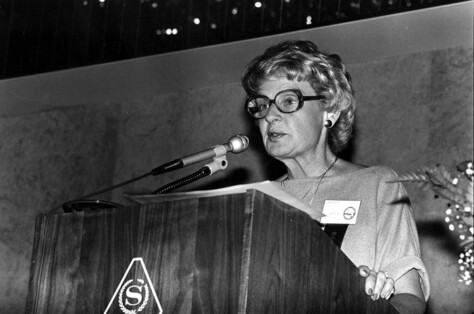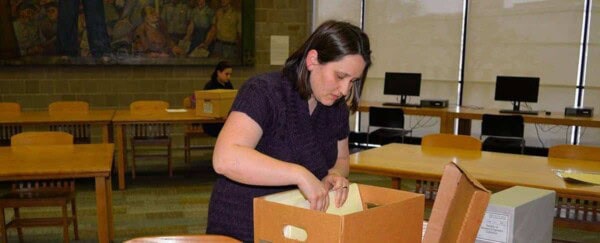Lois Graham was an assistant professor of mechanical engineering at Illinois Institute of Technology when she was installed as the Society’s fourth president in 1955, one of very few female engineering faculty members in the country. In the midst of completing her doctorate, and with the pressures of academic life mounting, she resigned her position as SWE’s president halfway through her two-year term. This enabled Dr. Graham to complete her Ph.D. in mechanical engineering in 1959, believed to be the first woman in the United States to do so. Yet, she didn’t advance to the rank of full professor until 1975, in a career trajectory she found suspiciously longer than those of her male colleagues.
While there were more women joining engineering faculties by the end of the 1970s, many were concentrated in the lower ranks and had not yet learned how to decipher the code of academic life. At the Society’s 1979 national convention (as they were called at the time), seasoned faculty led an Educators Workshop to help younger female faculty members network and maneuver the unwritten rules of academia, from choosing mentors to navigating departmental politics to determining which committee assignments could propel careers and which assignments could sink them. “The faculty women that I have known match the women engineers that I have known,” noted Irene Peden, Ph.D., professor of electrical engineering at the University of Washington, “in the quality of sheer dogged persistence.”










